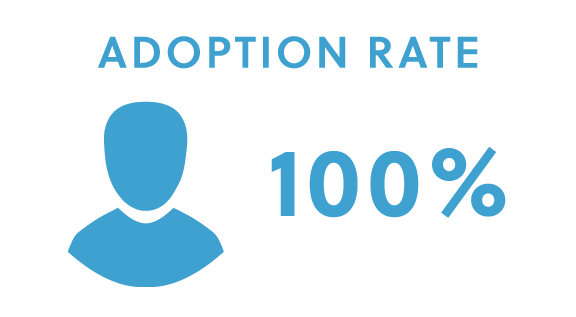
Client Profile
ADA: 18,000IEP Students: 2,600
District gains visibility into service documentation, tripling Medicaid revenue and special education compliance.
Overview
Before signing on with Accelify, our client had been claiming Medicaid reimbursements using a system that provided only basic functionality for documenting services and building claims. And because the system did not provide a direct linkage to the service requirements from student IEPs, our client could not measure or track how many prescribed services were not being documented, and therefore, how much revenue they were leaving on the table.
Solution
The District’s Student Services Department implemented Accelify’s AcceliTRACK and AcceliCLAIM systems in order to monitor the delivery of IEP mandated services in real-time, ensure every service delivered was captured, and ultimately to increase their Medicaid reimbursements.
Using Accelify’s DataSync tool, the District automated the transfer of IEP prescription data into Accelify’s system on a weekly basis. This data was then used to generate reports that school site principals used to identify which providers they must follow up with for timely scheduling of services and completion of service documentation. The District also improved their process for obtaining parental consent using AcceliCLAIM’s parental consent exception reports, which helped them target their efforts at obtaining parental consent for those students receiving the greatest number of reimbursable services.
Results
By linking student service requirements from their IEP system to Accelify’s systems, our client was able to monitor the delivery of IEP services in real-time, resulting in significantly more services captured, and three times more in Medicaid reimbursement.
Our client’s Student Services Department took a proactive approach to managing IEP service compliance using Accelify’s systems, one that resulted in major gains in compliance and revenue, but most importantly improved processes for managing service delivery for the district’s 2,600 students with disabilities.